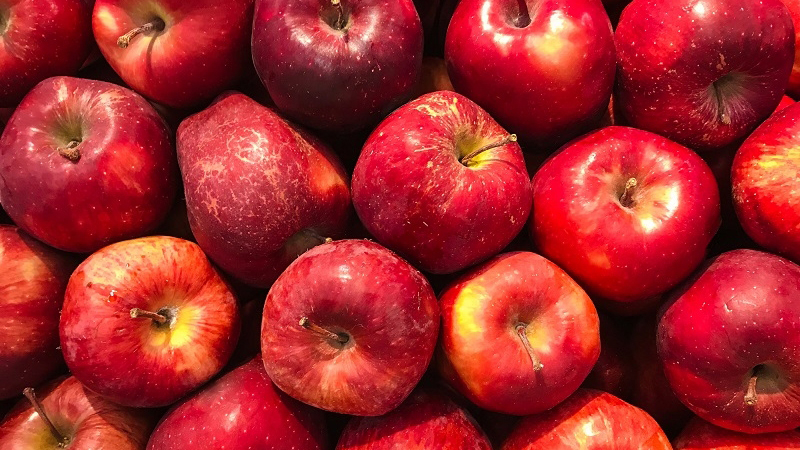Concerns Run the Gamut Right Now for Fruit Growers — What Are They?
Fruit growers like to sound off. I completely understand, that’s part of what I do for a living. Every year, we get lots of feedback to the survey on which we base our State of the Fruit Industry Report. Other business-to-business editors tell me they’re lucky to get a few hundred responses to a survey. This year 647 growers answered our survey, and I can’t thank all of you enough. We use this information to help plan the topics we’ll cover in 2024-2025.
In this report, we focus on the main threats to profits that you have shared — rising input costs, crazy weather, and, of course, labor. However, numerous interesting comments concerned other threats to grower profits, which may not be mainstream but deserve coverage, which you will see in the coming year in American Fruit Grower and on GrowingProduce.com.
The following quotes, because some are rather long, have been lightly edited for length and clarity:
“Our government has placed rules and regulations on the farmers that absolutely devastated our ability to earn an income from the farm. There is way too much government regulation on our growing environments that other countries do not have saddling them. We need more farmers in the government regulation business, stopping our government from having a big say and how we use our land.” (Michigan berry grower)
“Fruit growing has been a rollercoaster ride for my 50-year career and entire life as I was raised among 1,000 acres of apples, cherries, peaches, plums, and prunes. It’s no way to get rich, except through land accumulation and long days in the orchards.” (New York wine grape grower)
“Supermarket buyer power in North America and damaged export markets are the biggest threat to profitability.” (California table grape grower)
“Customers are only willing to pay a certain amount over grocery store prices, regardless of what it costs the farmer to grow a crop to harvest. When inputs get too high, profit must go down unfortunately.” (Alabama strawberry grower)
“The biggest risk is EPA regulations taking away useful chemicals.” (Wisconsin apple grower)
“Wildlife, particularly birds, have been destroying my crops. They ate all the blueberries and red raspberries last year. We spent winter working on protection.” (Missouri berry grower)
“Tree crops are a slow-motion game, and it’s difficult to make changes once you’re underway. Falling prices due to overplanting are hard to see until they hit you in the face. Then it’s difficult and expensive to make changes.” (California tree fruit grower)
“You failed to mention the primary risk — worldwide overproduction.” (California walnut grower)
“Insurance we have on crops should not let us fail as small farms and let large farms take advantage.” (Montana tree fruit grower)
“We have a small enough farm, and our marketing is good enough that we can sell all of our produce and fruit at an acceptable price to cover the increasing prices. And we attract a nice array of farm staff.” (Massachusetts tree fruit grower)
“I don’t know how to put it, but insurance is one of our biggest issues. Nobody wants to supply farm liability in our state.” (Louisiana berry grower)
“It’s extremely difficult to be a small-scale apple grower and focus solely on producing high-quality produce without having to add entertainment to the mix in order to be sustainable in the industry. The entertainment side has become the norm, and it is not a business model we want for our half-century farm.” (Minnesota apple grower)
Is there a comment you’d like to add to this list? Leave one below.









